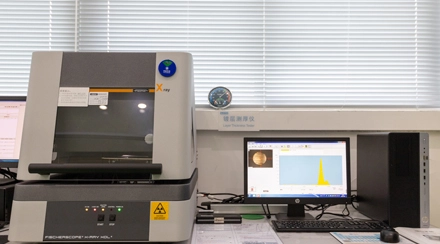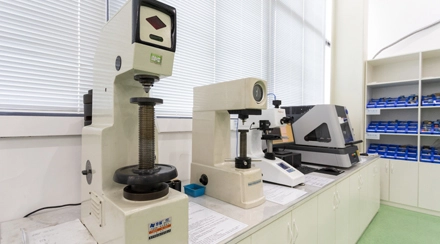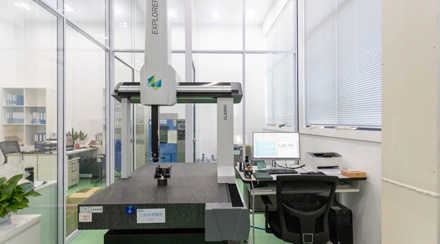In industries where both mechanical strength and dimensional precision are non-negotiable, precision cold forming stands out as a powerful metalworking process. Unlike traditional hot forming methods, cold forming shapes metal at room temperature—resulting in exceptional accuracy, material integrity, and production efficiency. At BulkTEK, our cold forming services help clients achieve lightweight, high-performance components used in everything from automotive to aerospace applications.
So what makes precision cold forming the secret behind some of the world’s most advanced mechanical components? Let’s explore.
Cold forming, also known as cold forging, is a high-speed, high-pressure metal forming process performed at or near room temperature. It relies on plastic deformation to reshape raw metal materials—such as wire, rod, or slug—into desired shapes without heat.
At BulkTEK, we use multi-station cold heading and forming machines to manufacture net-shape or near-net-shape parts with tight tolerances and smooth surface finishes. Because the material isn’t melted or cut, there is no material waste, making cold forming both cost-effective and sustainable.
Key characteristics include:
No heat required during forming
Improved mechanical strength due to strain hardening
Excellent surface finish and reduced need for machining
Ideal for mass production of complex or symmetrical parts
While both cold and hot forming have their places in manufacturing, cold forming offers a unique combination of benefits that are difficult to achieve through other means:
Cold forming strengthens the metal through work hardening, leading to increased tensile strength and fatigue resistance. This makes parts more durable and less prone to failure in high-stress environments.
Since there’s no thermal expansion or contraction during forming, cold-formed parts retain tighter tolerances and excellent repeatability—ideal for parts that must fit precisely within mechanical assemblies.
At BulkTEK, we routinely achieve tolerances within ±0.01 mm across high-volume production batches.
Unlike machining, which removes material, cold forming redistributes it. This results in little to no waste, and a better buy-to-fly ratio—especially important in aerospace and automotive.
Cold forming tools may have higher initial costs, but they last for hundreds of thousands of cycles. This makes the process exceptionally economical for large-volume, high-speed production.
The compression-based process leads to naturally smooth surfaces, reducing or eliminating the need for secondary finishing operations.
| Attribute | Cold Forming | Hot Forming |
|---|---|---|
| Working Temperature | Room temperature | 800–1200°C |
| Material Strength | Increased (work-hardened) | May reduce with annealing |
| Surface Finish | Excellent | Rougher, may need machining |
| Tolerance Accuracy | High | Moderate |
| Tool Life | Long | Shorter |
| Material Waste | Minimal | Moderate to high |
BulkTEK serves a wide range of industries where precision cold forming delivers unmatched value. Common applications include:
Structural fasteners
Rivets and high-tensile bolts
Fuel system components
Gear blanks
Axle shafts
Brake and steering parts
Hydraulic fittings
Valve bodies
Electric motor shafts
These applications benefit from the high-strength and fatigue resistance achieved through cold forming, allowing parts to withstand extreme load and thermal conditions.
Not all metals respond equally well to cold forming. BulkTEK engineers assess material ductility, formability, and final application to recommend the best alloys for each project.
Carbon Steel – Great for fasteners and industrial parts
Alloy Steel – High-performance parts needing strength and wear resistance
Stainless Steel – Corrosion-resistant components in harsh environments
Aluminum – Lightweight parts for automotive and aerospace
Brass & Copper Alloys – For conductivity and decorative applications
Our team uses both simulation software and in-house prototyping to determine forming forces, stress points, and tooling design before production begins—minimizing risk and ensuring success.
Precision cold forming requires more than just the right equipment. It demands deep metallurgical knowledge, tooling expertise, and strict process control. When selecting a cold forming supplier, consider the following:
| Evaluation Criteria | What to Look For |
|---|---|
| Engineering Support | Design-for-manufacturing (DFM) input, 3D simulation |
| Tooling Capabilities | In-house tooling design, long tool life |
| Quality Management | ISO certifications, CMM inspection, traceability |
| Production Scalability | From pilot runs to mass production |
| Turnaround Time | Agile scheduling, flexible batch sizes |
At BulkTEK, we provide a vertically integrated cold forming service that includes tooling design, material sourcing, quality control, and logistics—all under one roof. This means faster response times, reduced costs, and total accountability.
Precision cold forming offers an ideal balance between strength, accuracy, and cost-efficiency. For industries seeking high-performance metal parts with complex geometries and high-volume demands, it’s no longer just an alternative—it’s the strategic choice.
As a trusted supplier of precision-formed components, BulkTEK is committed to advancing cold forming technologies that help our partners innovate, reduce costs, and gain a competitive edge.
This is the first one.


